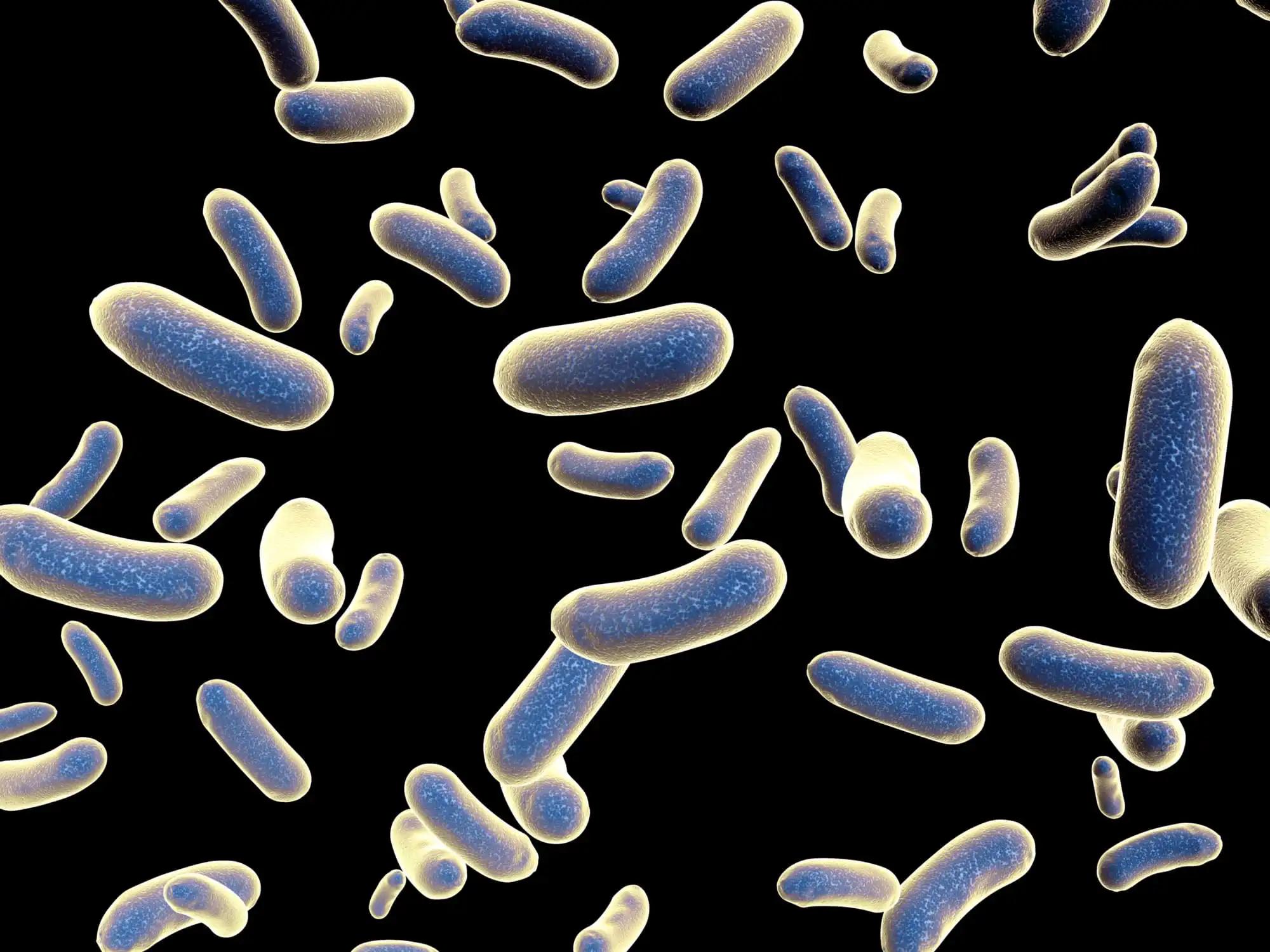KEY TAKEAWAYS
- The INCB24360 phase II trial aimed to assess the safety and tolerability of the SE combination in pts with advanced solid tumors and performed PK studies.
- The study used a modified 3+3 design. PK samples were collected to determine plasma E concentrations.
- The combination of SE showed results consistent with previous reports. Due to the small number of pts studied, more research is needed to confirm dose-proportionality.
Epacadostat (E) inhibits indoleamine 2,3 dioxygenase-1(IDO1), which increases tryptophan and reverses immunosuppression. Sirolimus (S) can reverse mTOR activation induced by E and suppress PD-L1 and regulatory T cells (Tregs). Researchers aimed to assess the safety and tolerability of the SE combination in patients (pts) with advanced solid tumors and performed pharmacokinetic (PK) studies.
The study followed a modified 3+3 design for dose escalation, incorporating Sirolimus PK data. Sirolimus dosing began at 3mg/day (d) on d -7, transitioning to 1mg/d, and E started at 100mg bid on Cycle (C) 1, followed by Sirolimus escalation to 6mg/d and 2mg/d maintenance. A third level was introduced with Sirolimus at 6mg/d and 2mg/day E at 400 mg bid, guided by prior positive effects. Plasma samples were collected for E concentration determination on various days, including C1d1 and C2d1. They enrolled pts with different cancer types, such as non-small cell lung cancer, colorectal, esophagus, gallbladder, and sarcoma. The study enrolled 15 participants, and the plasma concentrations of E were analyzed in three dose groups at different collection times.
The SE combination displayed outcomes in line with existing data showing E accumulation with repeated dosing in a dose-related manner. Plasma E concentrations across the three dose groups align with previous findings. However, concrete conclusions on dose proportionality were challenging due to the drug’s limited patient pool and notable PK variability. Mean (range) plasma E concentrations (in ng/mL) were assessed from patient samples taken at a trough and two hours after dosing during treatment cycles C1 and C2.
Source: https://ascopubs.org/doi/abs/10.1200/JCO.2023.41.16_suppl.e14589?af=R
Clinical Trial: https://classic.clinicaltrials.gov/ct2/show/NCT03217669
Chao Hui Huang, Takefumi Komiya, Anup Kasi, Stephen K. Williamson, Scott James Weir, and Joaquina Celebre Baranda. DOI: 10.1200/JCO.2023.41.16_suppl.e14589 Journal of Clinical Oncology 41, no. 16_suppl (June 01, 2023) e14589-e14589.



